Staying fit and strong on the field starts with the right workout plan. Whether you’re a beginner or a pro, a consistent workout routine can greatly improve your game. A proper workout for hockey helps you build strength, speed, and endurance while also preventing injuries. This guide breaks down everything you need to create a hockey workout that works for your body, schedule, and goals.
A Balanced Workout Plan for Hockey Players
Hockey is an intense, fast-paced sport that requires a balanced approach to training. An ideal workout plan for hockey players includes strength training, agility work, mobility exercises, and proper rest. This ensures you build explosive power while staying injury-free throughout the season.
Your Go-To Hockey Workout Plan
Before any field hockey workout, a proper warm-up is essential. Spend 5–10 minutes doing dynamic movements like light jogging, jumping jacks, arm swings, and mobility drills to prepare your body. This routine boosts blood flow, prevents injuries, and enhances your performance on the field.
Warm-Up Routines to Prevent Injuries
A proper warm-up gets your body ready for the demands of field hockey and helps prevent injuries like strains and sprains. Use dynamic stretches and sport-specific movements—such as lunges, leg swings, and stick drills—to activate key muscle groups. This improves flexibility, boosts blood flow, and enhances your performance right from the first whistle.
Weekly Workout Schedule Overview
Here’s a simple weekly workout plan hockey players can follow:
|
Day |
Focus Area |
Workout Components |
|
Monday |
Lower Body Strength |
Squats, Deadlifts, Lunges, Sled Pushes, Core Finishers |
|
Tuesday |
Speed & Agility |
Ladder Drills, Cone Drills, Sprints, HIIT Intervals |
|
Wednesday |
Upper Body Strength + Stick Skills |
Bench Press, Rows, Pull-Ups, Stickhandling Drills, Passing Reps |
|
Thursday |
Active Recovery or Mobility |
Yoga, Dynamic Stretching, Foam Rolling, Biking |
|
Friday |
Full Body Power |
Power Cleans, Jump Squats, Medicine Ball Throws, Core Circuits |
|
Saturday |
Endurance + Skill Work |
Long Intervals (Running), Puck Control, Passing, Shooting Practice |
|
Sunday |
Rest or Light Stretching |
Rest Day, Optional: Gentle Mobility or Walk |
Notes:
- Customize intensity based on whether it’s off-season, in-season, or pre-season.
- Always include a 5–10 min warm-up and cool-down each day.
- Nutrition and hydration are key on training and rest days alike.
Cool Down and Recovery Strategies
After workouts, cooling down is just as important as warming up. Gentle stretching, foam rolling, or light walking helps your body recover and prevents muscle soreness. Use recovery days for mobility work to improve flexibility and avoid stiffness. Active recovery is your secret weapon for consistency.
Hockey-Specific Conditioning TIPS
To condition like a hockey player, you must train in ways that mimic the game. Think short bursts of effort, quick direction changes, and long periods of endurance. A combination of sprints, circuit training, and skill work is essential for conditioning success.
Top Hockey Training Exercises

A well-rounded field hockey program requires speed, strength, agility, endurance, and flexibility—all essential on turf. Balancing these components builds a strong, agile, injury-resistant player ready for fast-paced matches.
Speed and Agility Exercises
Speed and agility are key to dominating the field in hockey. Drills like cone sprints, agility ladders, and quick bursts over short distances help you react faster to plays and opponents. These exercises strengthen your fast-twitch muscle fibers and improve footwork, allowing for quick changes in direction, better ball control, and faster recovery.
Strength and Power Exercises
Help you win puck battles and improve your shot. Focus on compound lifts like deadlifts, squats, and power cleans to build full-body strength. Explosive training with medicine balls also helps with power development.
Core Stability and Rotation Exercises
Core strength is key for balance and control in hockey. Planks, Russian twists, and rotational exercises improve stability, especially during quick turns and stops. A strong core supports every movement on the rink.
Cardiovascular Endurance Exercises
Cardio endurance training helps you stay active and effective throughout the entire match. Exercises like long-distance runs, interval sprints, and cycling build the stamina needed to keep up with the fast pace of field hockey. Alternating between high and low intensity (interval training) improves your recovery time and boosts your performance.
Mobility and Flexibility Exercises
Mobility exercises improve range of motion and reduce injury risk. Stretch your hips, hamstrings, shoulders, and ankles regularly. Foam rolling and yoga are great options to keep joints healthy and muscles flexible.
Maximize Your Workout Results
To train effectively for field hockey, you need clear goals, a realistic assessment of your fitness levels, and a smart weekly plan.
Pinpoint Your Hockey Goals
Start by defining your hockey goals. Do you want more speed, better puck control, or improved strength? Setting clear goals will guide your training routine. It also keeps you motivated and on track.
Know Your Starting Point
Know your current fitness level so you can start smart. Beginners may begin with bodyweight workouts, while advanced players can focus on power and conditioning. Tracking progress over time helps you see results.
Map Your Weekly Training
Map out your weekly plan and stick to it. Balance intensity with recovery to avoid burnout. A consistent workout routine will show long-term improvement in your strength, speed, and performance.
Fueling Your Hockey Workout

High-intensity sports like hockey demand smart fueling strategies. A well-timed mix of carbs, protein, and hydration can boost endurance and speed on the rink.
The Importance of Pre-Workout Nutrition
Eating the right foods before training can fuel your performance. Choose easily digestible carbs like bananas or toast, along with a bit of protein, about 30–60 minutes before your workout. Avoid heavy meals right before training.
Best Post-Workout Recovery
Recovery meals are just as important. After training, eat a balanced meal with protein and carbs to help muscles repair and refill energy stores. A protein shake with fruits or a chicken sandwich are good options.
Hydration TIPS for Maintaining Energy
Hydration matters all day, not just during your workout. Drink water consistently before, during, and after playing. Dehydration affects focus, energy, and muscle function, so always keep your water bottle close.
Supplement Suggestions
Supplements can fill nutrition gaps. They support overall performance, recovery, and muscle development when paired with a balanced diet.
- Athlete Series Whey Protein: Helps repair muscles after tough workouts.
-
Creatine: Supports strength gains and improves performance in high-intensity training.
- BCAAs (Branched-Chain Amino Acids): Reduce muscle soreness and support endurance.
- L-Glutamine: Aids in recovery and promotes gut health.
In-Season vs Off-Season Hockey Training

To stay sharp on the field, hockey players need different training phases that match the season. Each stage—off‑season, pre‑season, in‑season, and post‑season—focuses on specific goals to build strength, readiness, and recovery.
Off-Season: Build Strength and Size
The off-season is the perfect time to build strength and muscle. Focus on lifting heavier, improving your nutrition, and working on any weak areas. It’s also great for adding size and power. This is the ideal moment to tackle imbalances and build a solid base for the coming season.
Pre-Season: Boost Speed and Conditioning
Pre-season training helps you shift from building to preparing for performance. Add sprints, agility work, and game-specific drills to boost conditioning. Your goal here is to transition to match intensity. Emphasizing quick, dynamic movements prepares your body for the pace and patterns of real games.
In-Season: Maintain Performance, Prevent Injury
During the season, focus on maintenance. Keep strength training light and short while continuing mobility and skill work. Avoid overtraining so you stay fresh and injury-free for games. Smart load management is key—you want to support performance, not exhaust your system.
Post-Season: Rest and Rebuild
The post-season is all about recovery and reflection. Take a short break from intense workouts to let your body and mind rest. Light activity, like stretching or yoga, is helpful before starting your next training cycle. Use this time to reset both physically and mentally, setting the stage for your next goal.
Following a smart, consistent workout plan is the key to becoming a stronger, faster, and more confident hockey player. From warm-ups to cool-downs, strength to skill work, and meals to mobility, every part plays a role. Whether you’re gearing up for the season or recovering after it, stick to a balanced plan that suits your game. Remember, small daily efforts lead to big gains over time.
FAQs
Q1) What is the best workout for hockey players?
A combination of strength training, speed and agility drills, core exercises, and endurance work makes up the best workout for hockey players. Include mobility and flexibility work too.
Q2) Should hockey players do full body workouts?
Yes, full-body workouts are highly beneficial for field hockey players. They build overall strength, balance, and coordination—key for powerful hits, quick sprints, and maintaining control during fast-paced gameplay.
Q3) How do you train your stamina for hockey?
You can train stamina with long-distance cardio, high-intensity intervals, and sport-specific drills that simulate game conditions. Always include endurance training in your weekly routine.
Q4) How often should hockey players work out?
Hockey players should aim for 4–6 days of structured training per week, with a mix of strength, conditioning, mobility, and recovery. Adjust intensity based on the season.

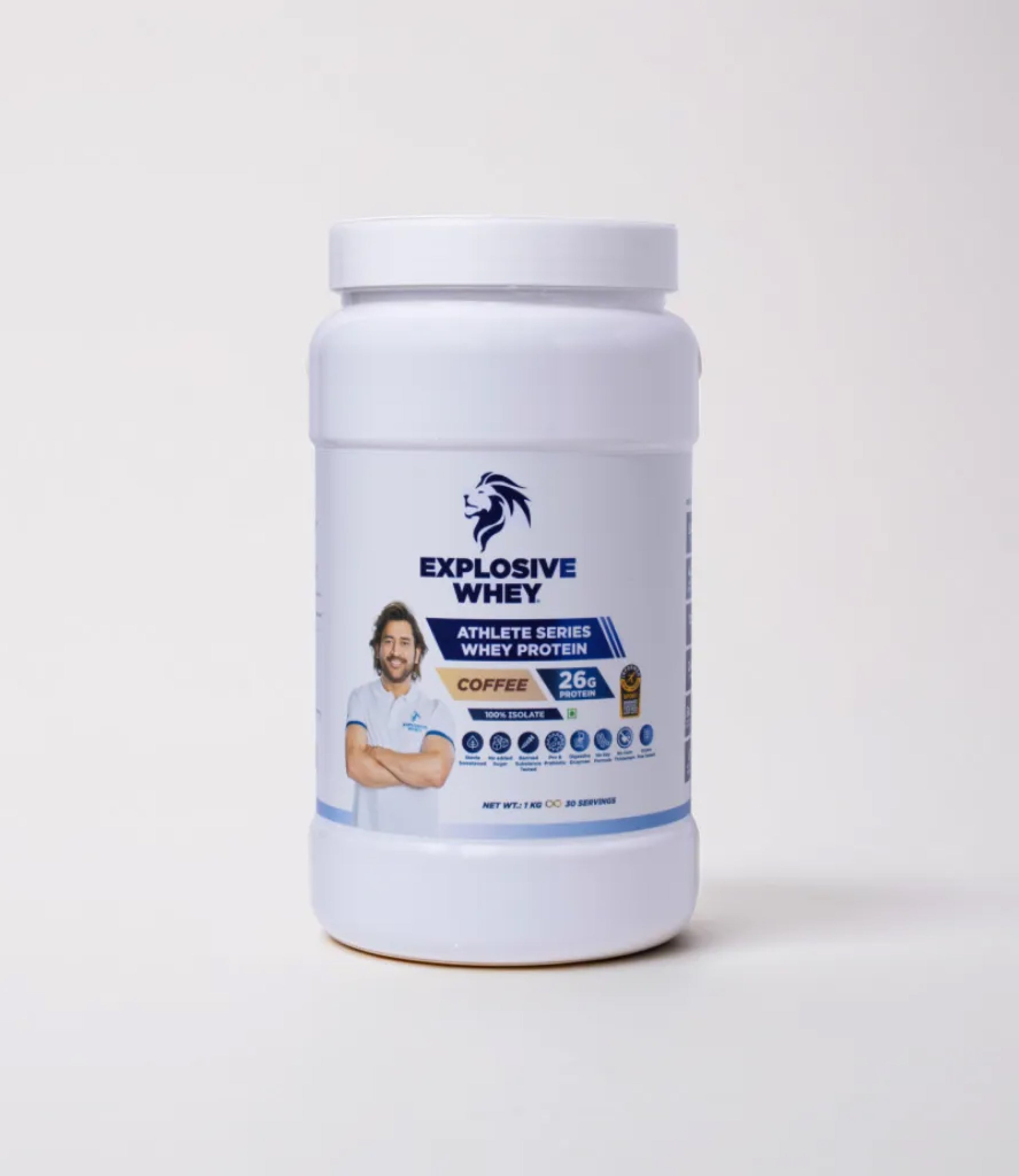
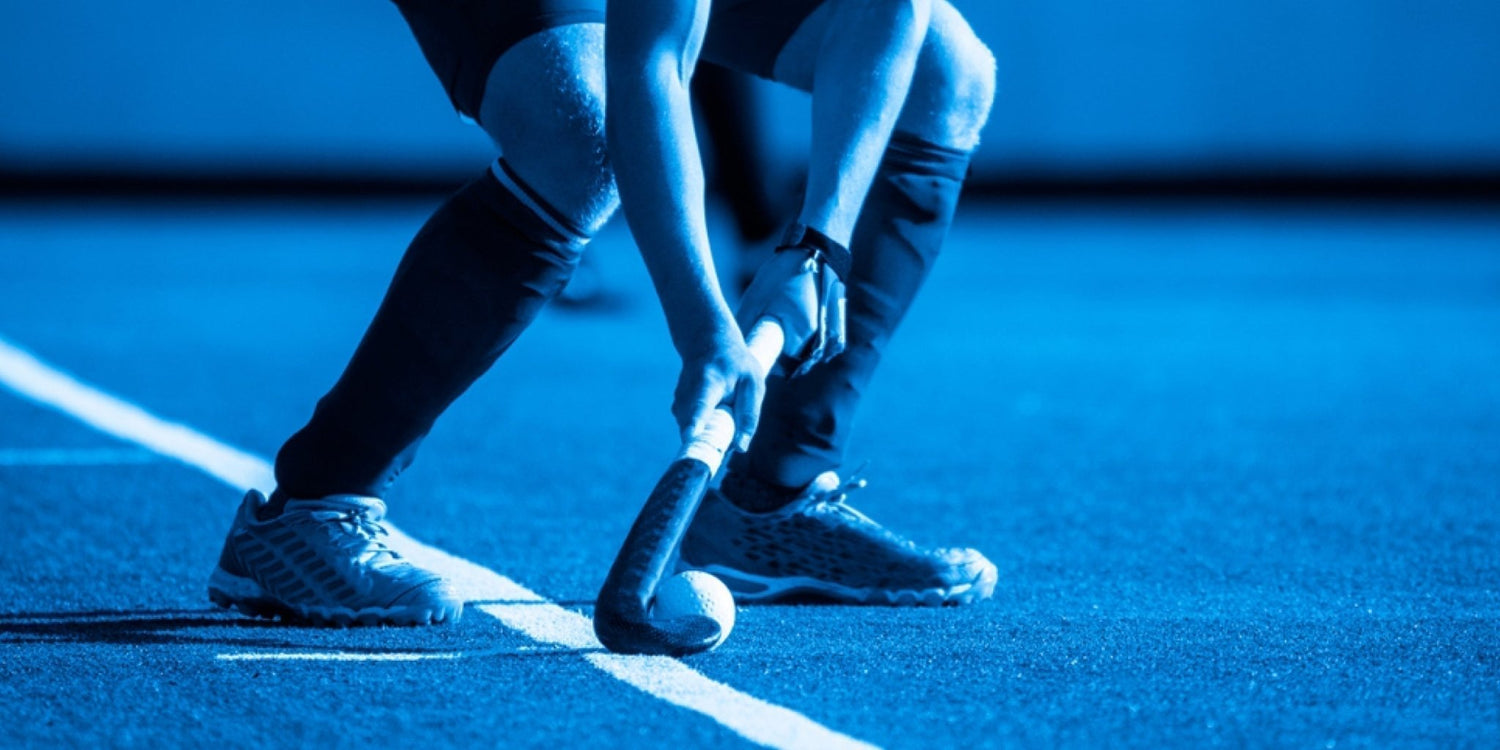
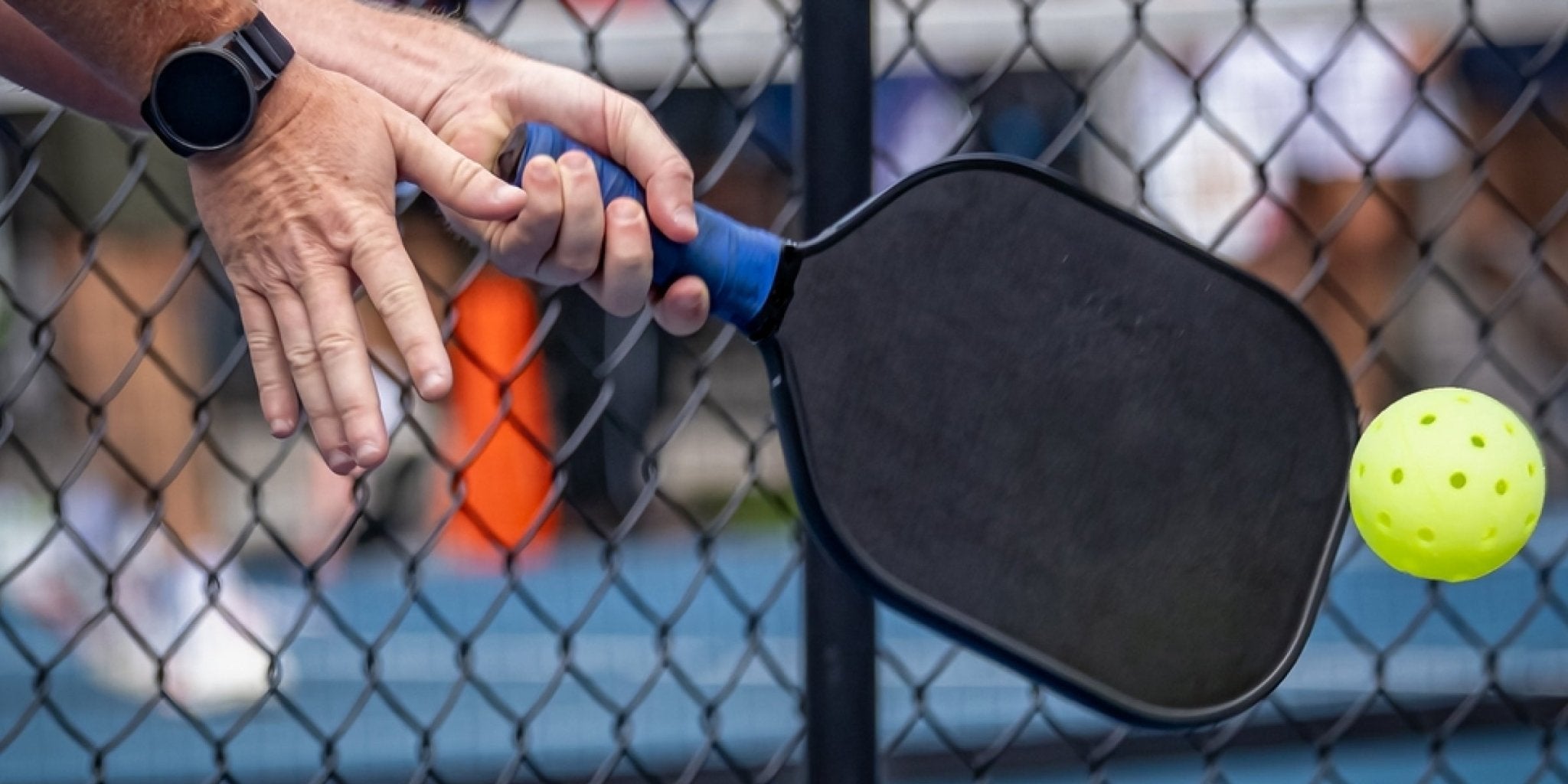
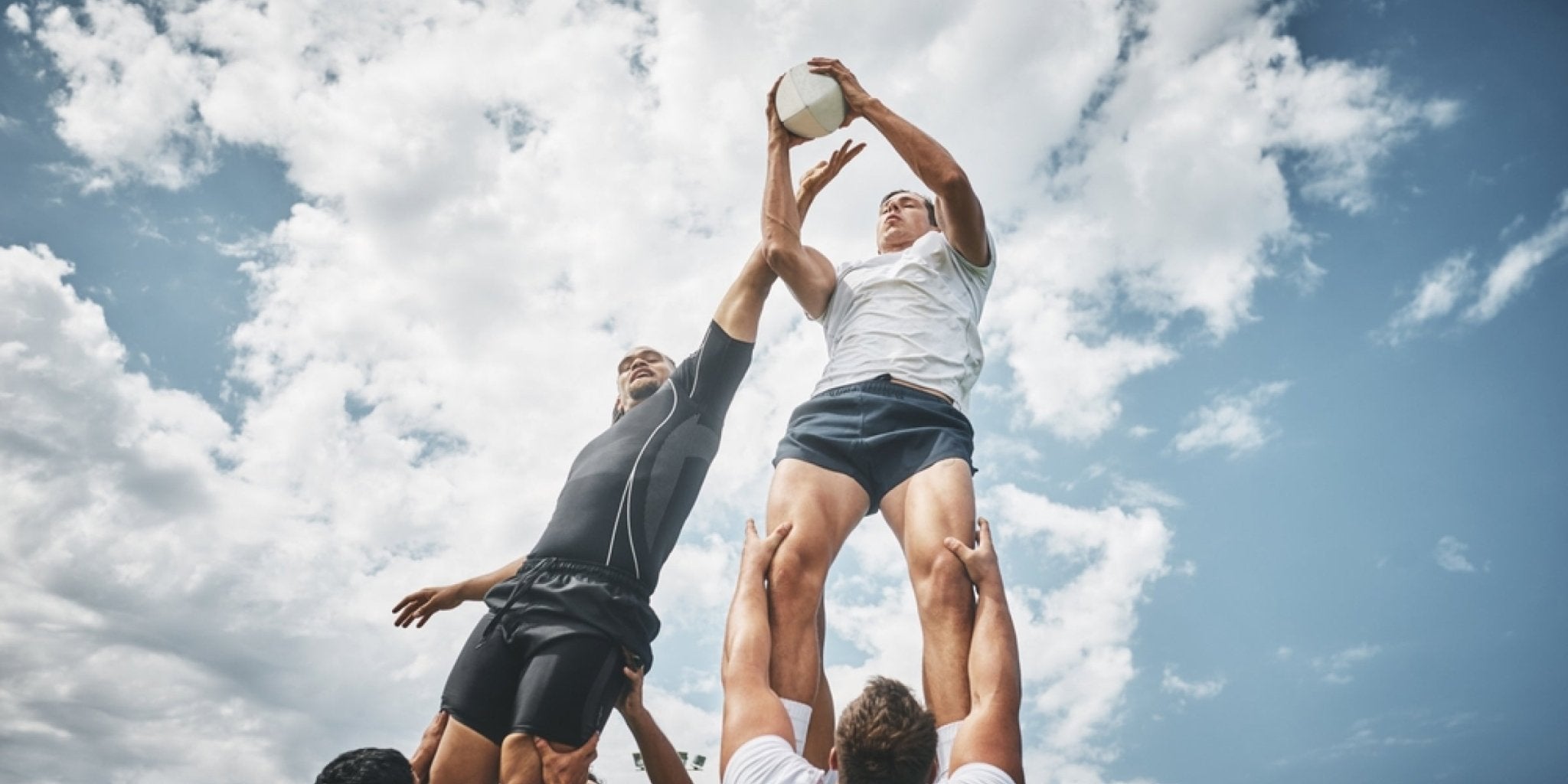

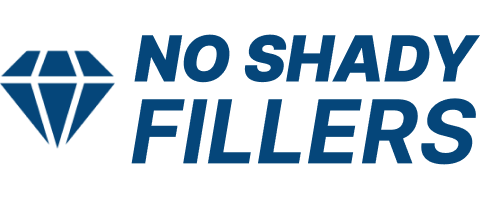

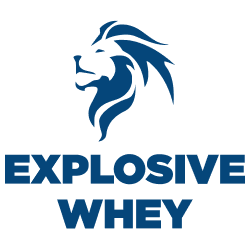
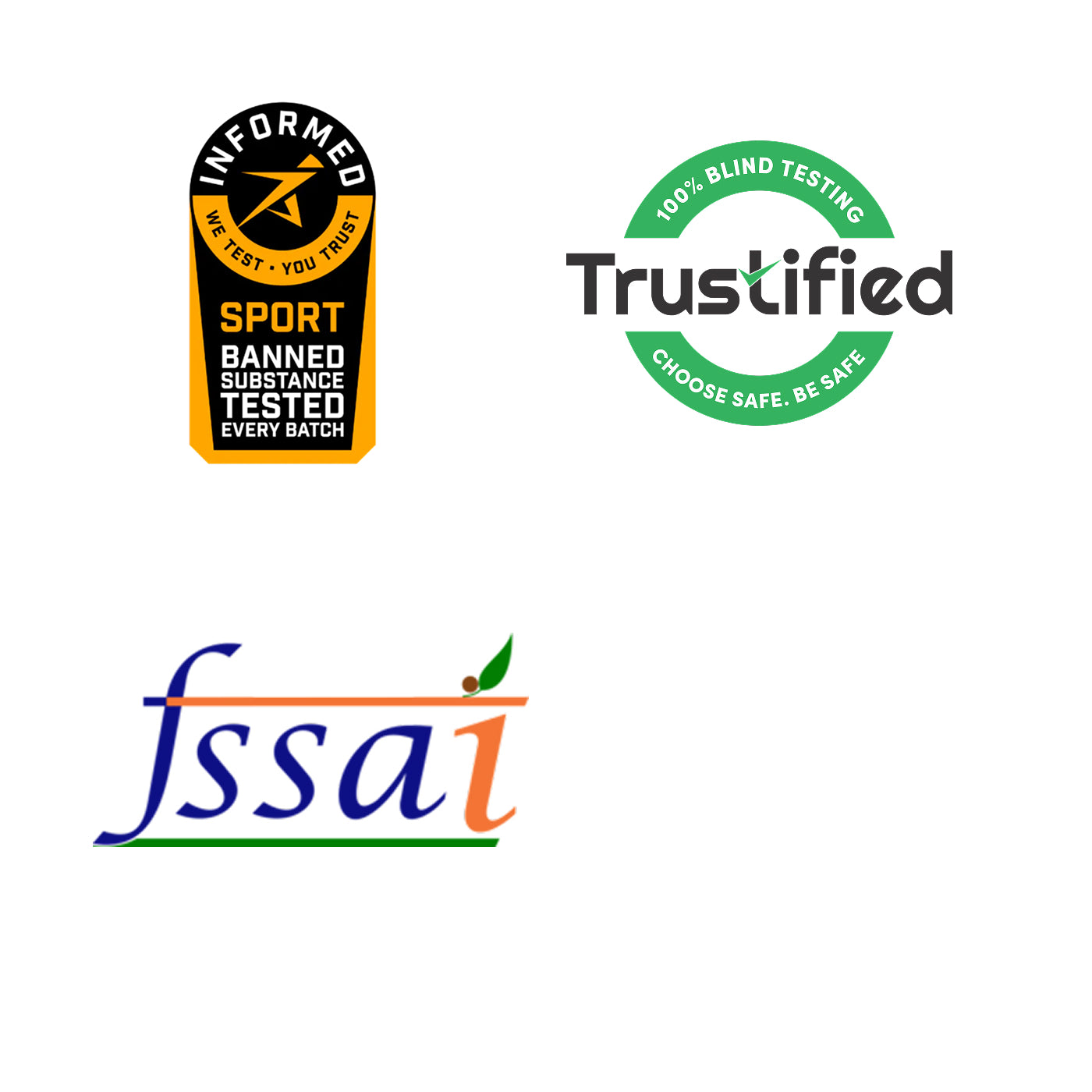
Leave a comment
This site is protected by hCaptcha and the hCaptcha Privacy Policy and Terms of Service apply.